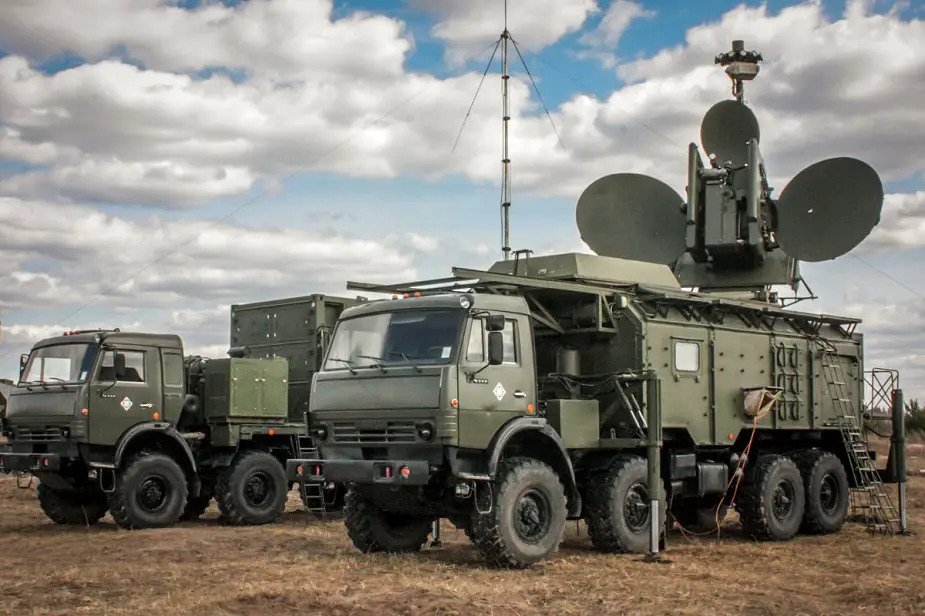EW to fight drone swarms - part 2
The latest tensions in the Gulf were triggered by an attack of two dozen drones and cruise missiles on Saudi oil facilities. The Army Standard online publication writes how dangerous drones are, which tactic they can engage and whether they can be effectively stopped.
 Russia’s Krasukha-4 electronic warfare system (Picture source: mil.ru)
Russia’s Krasukha-4 electronic warfare system (Picture source: mil.ru)
The Russian armed forces possess electronic warfare to detect drones which exchange information. There is a radio channel with the drone command post or a global positioning system, such as GPS, or satellite, ground and air relays. There is an exchange by standby channels of various designation. The Russian army has devices to expose it.
The second guideline is effective jamming of control channels and navigational systems which guide drones. It strips a drone of outside control, as well as orientation in airspace if communications with satellites are disrupted. The drone loses control and flies all by itself. In the latter case it loses orientation and ability to continue the flight.
Russian designers have prospective means to temporarily or completely destroy drone electronics by a powerful electromagnetic impulse.
Russia is a pioneer in the creation of such EW and continues to develop it, as the potential adversary is also upgrading its drone controls and protection.
Unmanned vehicle designers work to keep drones operational in a heavy jamming situation. Russian designers work to be the first and create a scientific potential for the future and implement it in products offered by the industry and supplied to the troops, test them in real combat and make conclusions. The cycle then begins again to provide superior armaments.
Besides EW, air defense is a major weapon against drones. Pantsir-S1 and Tor-M2 defend groups of troops and major facilities. Their effectiveness was confirmed in Humaymim airbase in Syria.
The combination of the weapons successfully fights drones and multiple launch rocket-propelled projectiles which the terrorists used to attack the airbase.
Naturally, antiaircraft medium and long-range weapons, such as Buk-M3 and S-400 can also fight drones. However, the cost-efficiency ratio is important, as one medium or long-range missile may cost as much as a thousand drones.
S-400 has mostly to destroy AWACS aircraft and air command posts, as well as strategic bombers.
The aviation today tends to team unmanned and manned craft. F-35 and F-22 fighter jets can act as the nucleus of network control. Reconnaissance craft, including drones operate as advanced echelon.
S-400 and Buk-M3 will destroy manned aerial control posts of the forces. Tor-M2 and Pantsir-S1 will down drones. Russia can counter drone swarms and mixed manned and unmanned formations. It has a multi-layered air defense capable of fighting any air targets, the Army Standard said.
© Copyright 2019 TASS. All rights reserved. This material may not be published, broadcast, rewritten or redistributed.


























